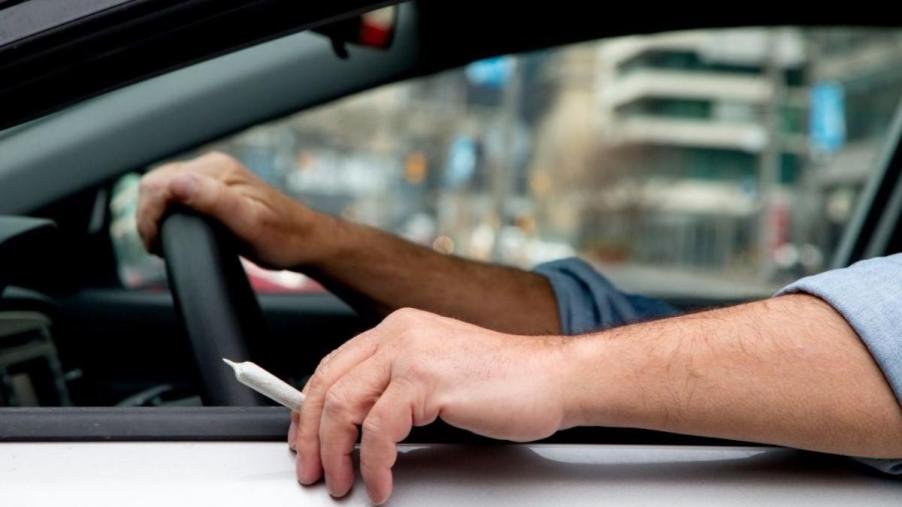
Marijuana and Driving: Understanding Legal Limits and Effects
When it comes to impaired driving, most people are aware of the legal blood alcohol levels and the consequences of drunk driving. However, with the increasing legalization of marijuana in various states, questions arise about the legal limits and the impact of marijuana use on driving safety.
Learn more about driving laws regarding marijuana use
Driving laws concerning marijuana use vary significantly across the United States due to the differing legal statuses of the substance. Here’s a brief overview:
- Marijuana Illegal: In some states, marijuana remains illegal for recreational and medicinal use. Operating a vehicle under the influence of any amount of marijuana is typically prohibited.
- Medicinal Use Only: In certain states, marijuana is legal for medicinal purposes. However, driving under the influence of marijuana is usually subject to strict regulations and penalties.
- Fully Legal: Several states have legalized marijuana for both recreational and medicinal use. In these states, there are typically established regulations and legal limits for marijuana use while driving.
What are the legal limits for marijuana use?
The presence of THC (tetrahydrocannabinol), the psychoactive compound in marijuana, in the body can lead to impaired driving. However, legal limits for THC in the bloodstream vary from state to state.
Some states consider any detectable level of THC as grounds for arrest, while others have established specific legal limits, such as a concentration higher than 5 ng/ml of THC in the blood. According to Marijuana and DUI Laws, there is no magic number when it comes to the threshold of THC when a driver is impaired by marijuana–so keep that in mind!
Be aware of your state’s specific laws regarding marijuana use and driving. Consequences can range from fines and license suspension to more severe penalties, such as imprisonment.
Effects of marijuana use on drivers
Marijuana affects drivers differently than alcohol does. Research from the Centers for Disease Control and Prevention (CDC) and the National Highway Traffic Safety Administration (NHTSA) has shown that marijuana can impair various aspects of driving performance, including:
- Reaction Time: Marijuana can slow reaction times, making responding quickly to unexpected events on the road more challenging.
- Coordination: Impaired coordination can lead to difficulty in controlling the vehicle, especially during complex maneuvers.
- Concentration: Marijuana use can reduce attention and focus, increasing the likelihood of accidents.
- Judgment: Drivers under the influence of marijuana may have impaired decision-making abilities, leading to risky behavior.
- Increased Risk of Accidents: Studies have shown that marijuana use can increase the risk of accidents, especially when combined with alcohol.
Navigating the complex terrain of marijuana and driving
While there is no one-size-fits-all answer to the question of legal limits for marijuana use while driving, drivers must understand their state’s specific laws and regulations. Additionally, it’s important to recognize that marijuana impairs driving performance differently than alcohol does, making it equally important to avoid driving while impaired by any substance.
Be sure to stay informed and make responsible choices behind the wheel. These are key factors in ensuring safety for you, your passengers, and other drivers on the road.



